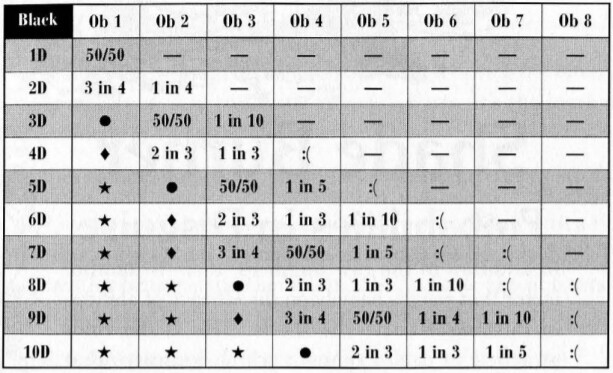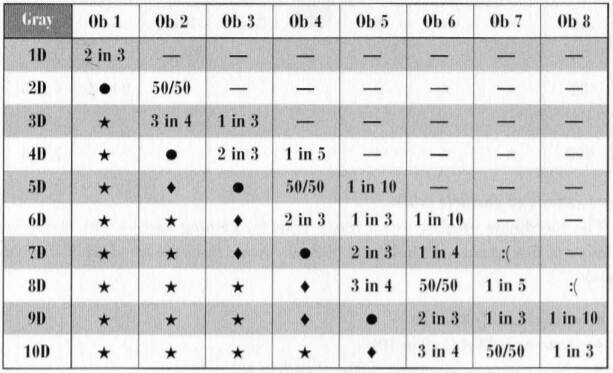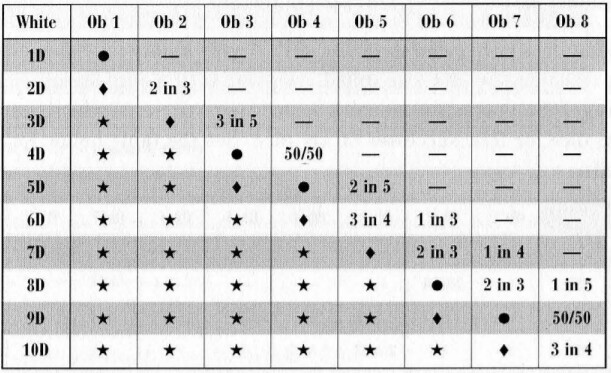Here’s the link: https://burningwheel-dice.herokuapp.com/
I’m getting ready to start a BW campaign with my regular TTRPG group. They loved the one-shot I ran for them, but they’ve been asking me questions about how different ways to spend Artha on a roll will help and if it’s “worth it”. Also as a new GM I’m having a hard time setting obstacles (though the discussion in the Codex was very helpful). I put together a little dashboard for myself so that I could understand how likely a roll is to succeed and so my players and myself understand how and when to spend Artha.
This is not a dice simulator, so it will be exact and relatively fast. I solved for the probabilities using sympy. It’s been 8 years since I’ve worked with generating functions, so it’s possible I made mistakes. I double checked my work against simulations and it seems to all check out. Obviously I have not checked every combination, but I did test several different scenarios. Please let me know if you find math errors or rule interpretation errors.
If anyone is interested, I actually solved the more general problem for more dice types (d20, d4, etc.) and exploding on more than just the maximum value. The code for the dashboard and solving is at https://github.com/telnoratti/burningwheel-tools. The ability to re-roll failures is on the way, but I haven’t solved it yet.
I know there are a couple of visual issues, but it’ll be a few days before I can work on it again. It was at the point that it may be useful to others, so I went ahead and set it up to share. I’d love feedback if anyone has ideas on how to make it more useful or intuitive. I was planning on sharing it with my players later this week at our kickoff session.
 . The coefficients of x^n correspond to the probability of n successes. For example x^0 is 1/2, so there’s a 50% of getting 0 successes (rolls of 1, 2, or 3). The coefficient of x^1 is 5/12, which corresponds to a roll of 4 or 5, or a 6 when the exploded die rolls a 1, 2, or 3 the probability of this is 1/2 (2/3 + 1/3 * 1/2). I actually calculate the second and third terms in the
. The coefficients of x^n correspond to the probability of n successes. For example x^0 is 1/2, so there’s a 50% of getting 0 successes (rolls of 1, 2, or 3). The coefficient of x^1 is 5/12, which corresponds to a roll of 4 or 5, or a 6 when the exploded die rolls a 1, 2, or 3 the probability of this is 1/2 (2/3 + 1/3 * 1/2). I actually calculate the second and third terms in the 


